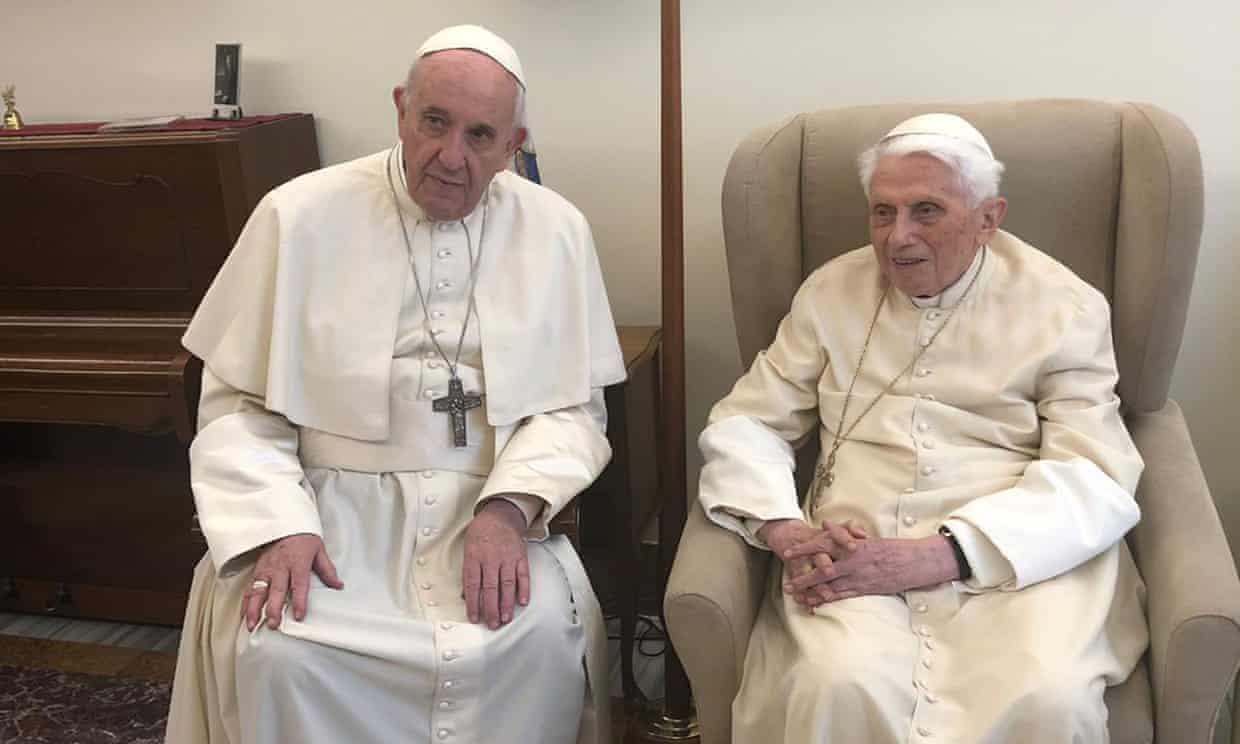
Pope Francis the reformer is being challenged by his conservative predecessor – who now has a far-right backing including Steve Bannon

In his pre-Easter address to pilgrims gathering in Rome, Pope Francishighlighted Jesus’s words as he died on the cross on the first Good Friday: “Forgive them, Father, for they know not what they do.” We all, the Argentinian pontiff stressed, need to find the courage to forgive those who have wronged us.
Those remarks sparked speculation about who exactly Francis was struggling to forgive. Top of most lists in Rome this Easter is his predecessor, Pope Emeritus Benedict XVI, who decided in 2013 to break with 600 years of work-unto-death papal tradition and retire. This opened Catholicism’s door to the breath of fresh air that is Francis. And, for the past six years, as the winds of change have blown through the church, Benedict has by and large kept a respectful silence, ignoring the ever louder pleas of traditionalist Catholics who want the 92-year-old to join them in opposing Francis’s reform agenda.
That changed earlier this month, when Benedict published a 6,000-word article in a German magazine. It made headlines by blaming the clerical abuse scandal on the moral relativism of the 1960s sexual revolution, and the “homosexual cliques” that allowed this “lawlessness” to infect seminaries. It is a line of argument that directly – and, conservative cardinals insist, pointedly – contradicts all Francis’s efforts (including a summit of world bishops in the Vatican in February) to tackle the damage done by paedophile priests by pointing the finger at a dominant culture within the church; a culture that encourages priests and bishops to operate as if they are above the moral guidelines they preach, and regard themselves as beyond the sanction of civil courts.
Neither explanation has convinced some lifelong Catholics who, as a result this Easter, will stay away from church services. The Francis version at least has the virtue of not flying in the face of all contemporary research, which doesn’t conflate sexual attraction between consenting adults of the same gender with the brutal and systematic violation of children.
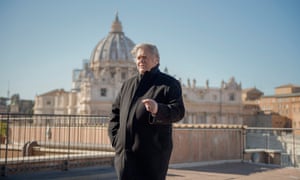
But what Benedict’s intervention – and apparent rebuke of his successor – mostly lays bare is how hard it is proving for an absolute monarchy like the Catholic church to operate when it has not one, but two living popes. Indeed it explains why, for six centuries, papal retirement was regarded as not an option.
Perhaps if Francis and Benedict were of like mind, it might just work, but for all their posing as good neighbours (the emeritus pope lives within the grounds of the Vatican), the two of them represent opposite poles of Catholicism. Where Francis wants to work with the modern world, Benedict sees the church as immovable. Where Francis was a pastoral figure and “outsider” throughout his clerical career before his election, Benedict was a dusty academic and Vatican “insider”. And where Francis believes he inherited a church in crisis (and not just over clerical abuse), Benedict is convinced that he and his predecessor John Paul II had settled all the outstanding questions about its future in perpetuity (eg restating the ban on female priests).
That chasm between the two popes is not just an administrative matter for them to manage with as good a grace as possible (and the normally relaxed Francis was looking pretty on edge when he paid a birthday visit to Benedict earlier this month). There is a small but vocal minority of ultra-conservative Catholics who are doing their damnedest to tempt Benedict out of purdah so he can lead their attack on Francis.
These traditionalist figures, who congregate round retired cardinal Raymond Burke, (sacked from his Vatican job by Francis), have their own websites and journals, especially in the United States. They look on in horror, and not just at Francis’s drive to relegate sexual morality down the list of priorities for his church. Their social conservatism is matched by political concerns. Where Francis is prophetically pro-refugee, pro-environment and pro-global cooperation, this wing of the church most emphatically is not.
The ramifications go far beyond the fraught politics of Catholicism. There are two more prominent figures the pope might have had in mind when he was recommending forgiveness this Easter: former Donald Trump right-hand man Steve Bannon, and Italy’s far-right interior minister, Matteo Salvini. Both men are cradle Catholics, so much so that Salvini recently tried to pass legislation to put crucifixes in all public spaces in Italy. The Vatican fiercely resisted this suggestion, believing it to be a transparent ruse to turn a religious symbol into a party political vote-winner.
Bannon has long made plain that he regards the current leader of his church as akin to an enemy. “He’s the administrator of the church, and he’s also a politician,” he tells NBC in a broadcast interview this Easter. “This is the problem … He’s constantly putting all the faults in the world on the populist nationalist movement.”
Populism and nationalism, the pope has warned, is what brought the continent Adolf Hitler. “Fear can drive you crazy,” he said on a recent trip to Panama.
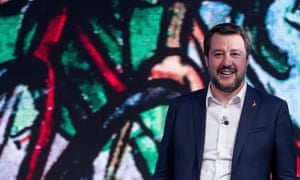
“But you can go round Europe and it’s [populism] catching fire,” objects Bannon on NBC. “The pope is just wrong.”
There is a profound irony here, because Bannon is the sort of ultra-traditionalist Catholic who, when Benedict John Paul II was in charge of the show, was fond of telling more liberal Catholics (who every survey shows represent the majority of Church members in the developed world) to stop their complaining and do as they were told by the successor of Saint Peter, who Jesus handpicked for leadership. Under Francis, though, Bannon is getting a dose of his own medicine. And spitting it out.
No longer welcome in the White House, Bannon has come to Europe to stir up the far right. And that includes Catholic traditionalists, whom he courts through his links with the Dignitatis Humanae religious institute outside Rome, of which he is patron and Cardinal Burke the president.
Salvini is one of Bannon’s closest allies and is leading the Italian government’s clampdown on migrants. So strongly does he object to Francis’s championing of the rights and human dignity of the same migrants, that Salvini has even appeared in public brandishing a T-shirt with the slogan, “Benedict is my Pope”.
This is a new take on the “birther” slur that Bannon and Trump directed at Barack Obama, making up tales of him not being born in the US to claim he wasn’t really the president. Now Francis’s legitimacy is being undermined by the suggestion that Benedict didn’t have the right to retire and so remains the true pope.
Knowing that such nonsense is being pedalled publicly, you cannot help but speculate what Benedict intended by publishing his letter earlier this month. Was he signalling that he was throwing his lot in with the Francis-haters as they have been urging him to do? Or was it rather the small conservative circle around this frail, elderly, ailing pontiff who were using his name to fight their own battles?
Whatever the truth, no one can be in any doubt this Easter that there are two rival camps, if not yet rival popes, fighting it out for ultimate power at God’s business address on Earth.
The Guardian

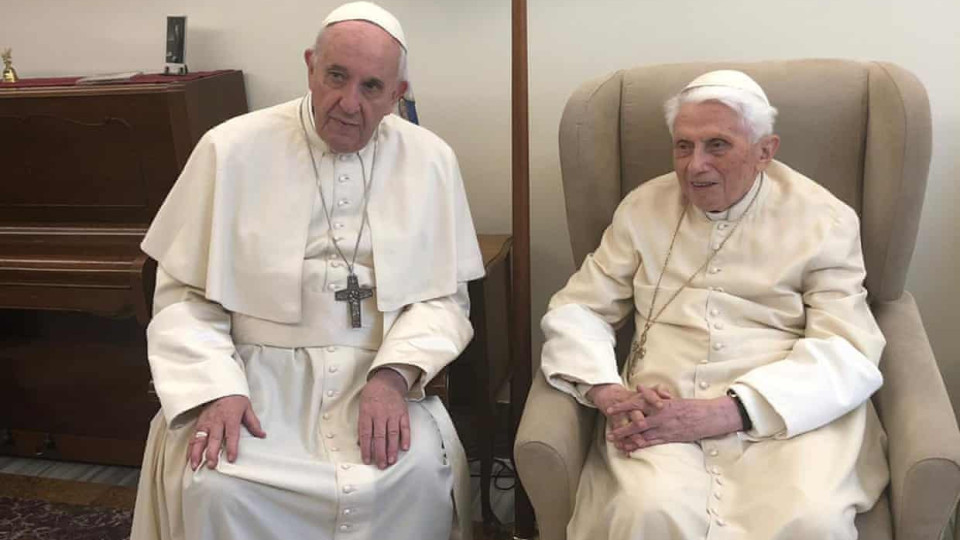

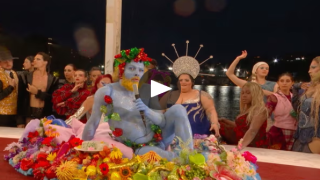
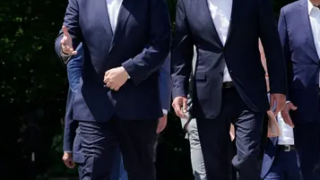

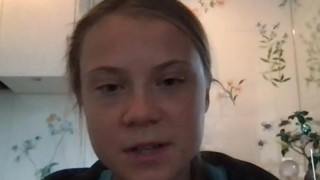

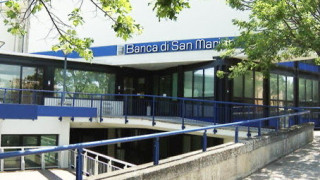
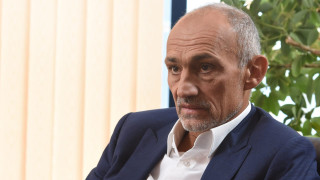

Leave a comment